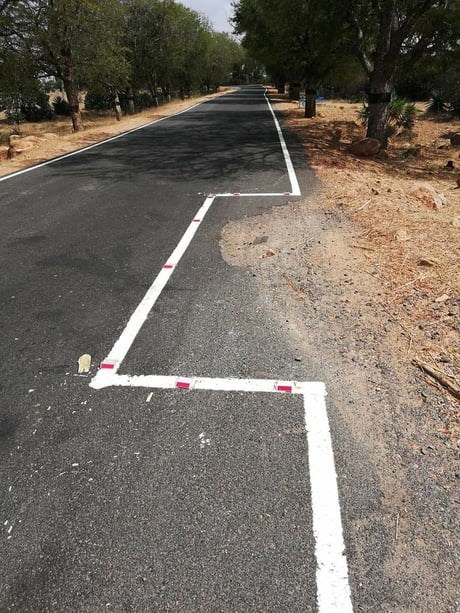
While giving a leadership lecture and explaining the different types of teams and how to led them, I got to the part where I was explaining the challenges of leading industrialised teams, one of the students in class shared the following story as an example:
___________________________________________________
There were three [3] municipal employees tasked with planting trees in the city.
The first employee’s task is to dig the hole.
The second employee’s task is to put the small tree inside the hole.
The third employee’s task is to cover up the hole.
So the tasks were clear, dig, put the small tree in the hole and then cover.
And so they were set on their tasks.
No one wanted to do another team member’s tasks. They followed their tasks as expected and nothing more.
So one day, the second employee [the one who put the trees in the hole] was sick and could not come to work.
So there are two employees, the first employee [the one who digs] and the third employee [the one who covers].
Since no one was willing to do the tasks of the other, they proceeded with their tasks as usual.
The first employee dug the hole.
The third employee covered the hole.
And then went on and on like that, digging and covering, no trees planted.
When their boss came, she was shocked and ask them why were trees not planted?
They responded that they did their jobs, to dig and cover, as to why there is no tree, she will have to ask the second employee because that’s his job to put the tree.
___________________________________________________
The challenge with people who want to be told what to do, who are hired and trained to obey, is that when the leader is not there, things don’t happen.
There is a different between a group of people working together and a high performance teams.
A group of people working together are concerned with their own individual tasks and pay.
A high performing team is concerned with the collective success of the entire team.